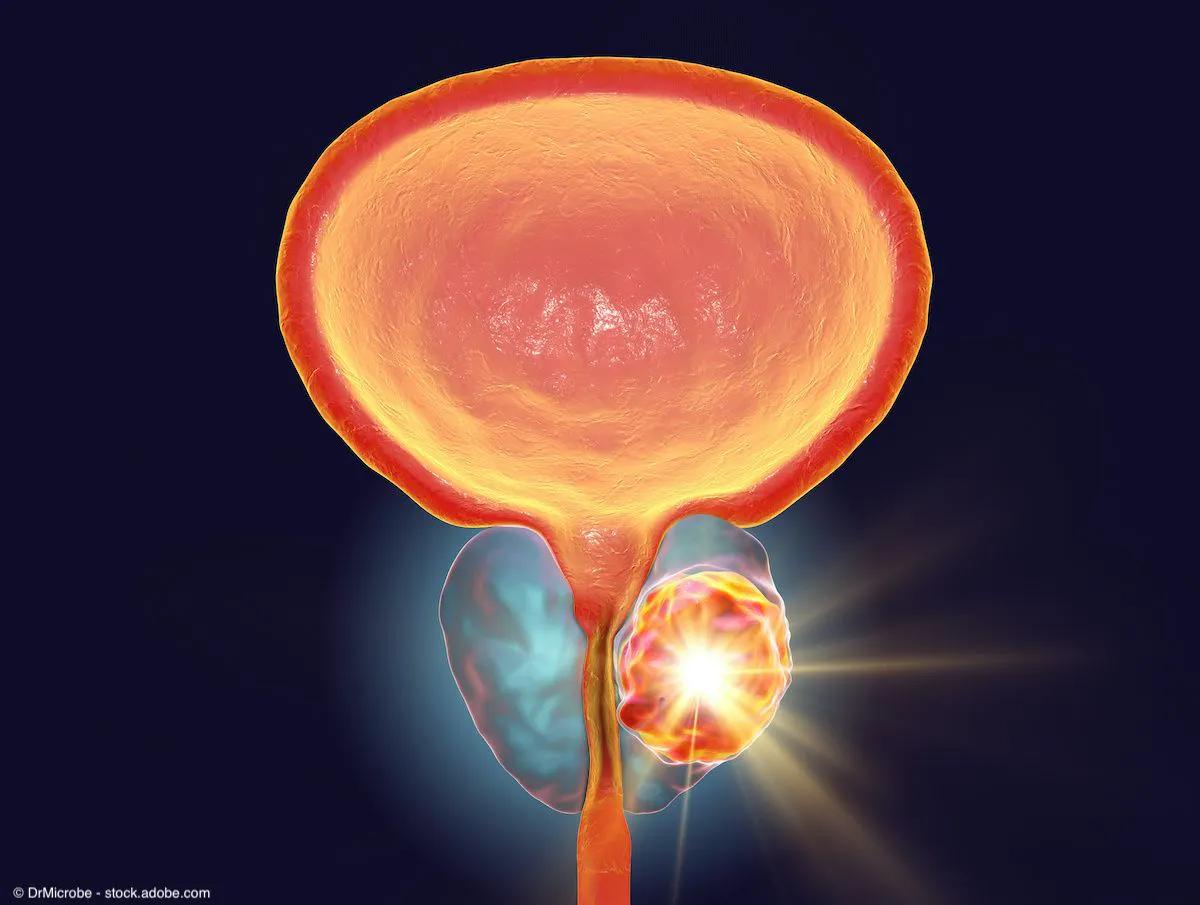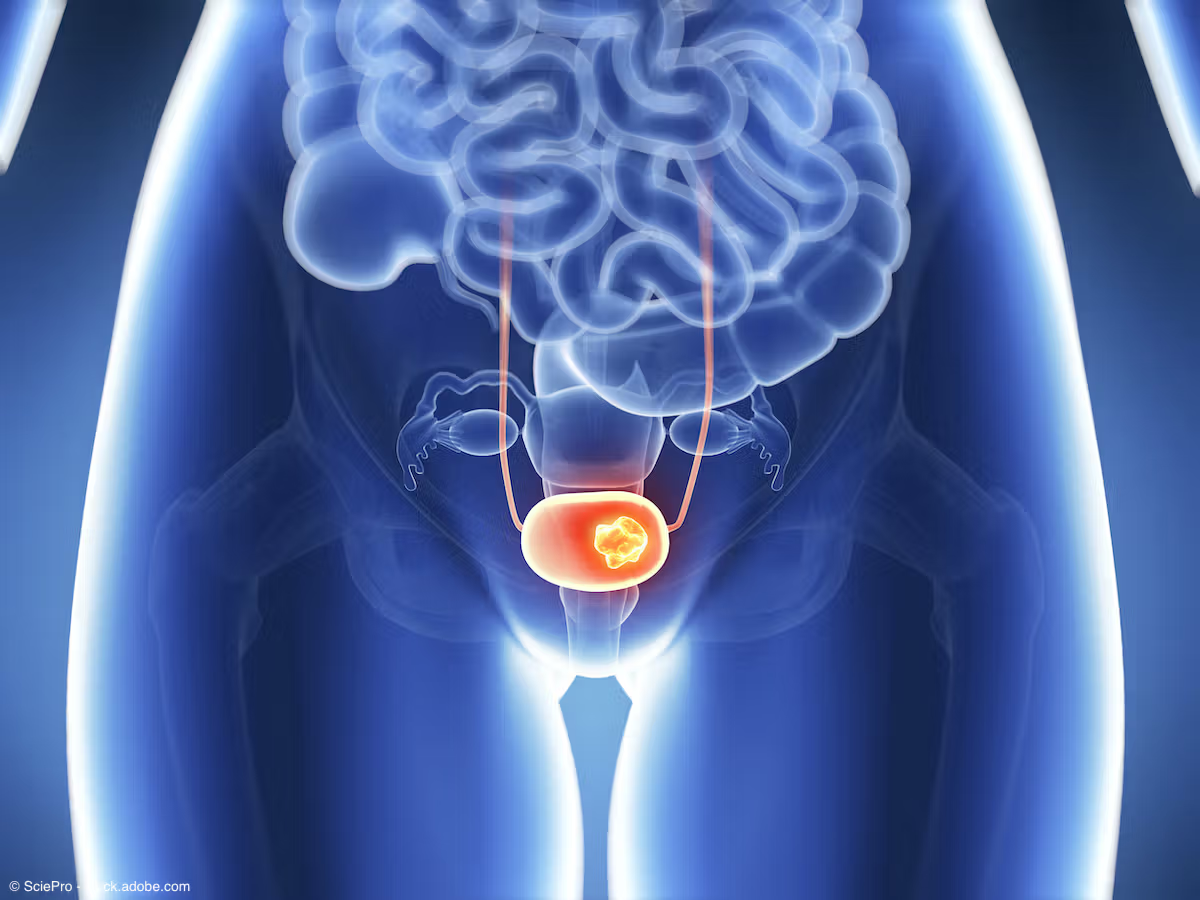Opinion
Video
Betty Wang, MD, and Laura Bukavina, MD, MPH, MSc, discuss ctDNA's role in NMIBC treatment decisions
Wang and Bukavina outline several cases of ctDNA's utility in the space.
In this video, Betty Wang, MD, and Laura Bukavina, MD, MPH, MSc, discuss the pivotal role of circulating tumor DNA (ctDNA) in guiding treatment decisions for patients with bladder cancer, particularly when standard imaging might miss or delay critical insights. They served as authors of a paper in European Urology Oncology, that investigated the use of ctDNA in patients with non–muscle invasive bladder cancer (NMIBC). Wang is a Society of Urologic Oncology fellow at Cleveland Clinic in Cleveland, Ohio and Bukavina is an assistant professor of urologic oncology at Cleveland Clinic Glickman Urologic Institute, and translational science lead in genitourinary oncology at Cleveland Clinic Lerner College of Medicine.
The paper included several illustrative cases of ctDNA’s use in this space, which Wang and Bukavina discuss in the video. The first involves a 66-year-old male with BCG-unresponsive NMIBC. Despite clear imaging, his positive baseline ctDNA prompted further imaging (bladder MRI, CT chest/abdomen), revealing locally advanced disease with pelvic sidewall involvement and adenopathy. This led to systemic therapy, a decline in ctDNA to negative, and eventual consolidated cystectomy.
The second case details a 70-year-old male with BCG-unresponsive disease who underwent salvage intravesical therapy. Although initial blue light cystoscopy and biopsies showed no evidence of disease, his ctDNA became positive 2 months later. This triggered additional imaging and an earlier diagnostic bladder biopsy, which uncovered a sessile 2-cm bladder mass with extensive lamina propria invasion, leading to a shift to radical cystoprostatectomy and an upstaging to pT2b.
Wang also mentions a third patient, a 70-year-old female with T1 high-grade bladder cancer. Despite negative imaging and cytology, her ctDNA remained positive and increased, leading to an earlier transurethral resection that revealed T1 recurrence and upstaging.
Bukavina emphasizes that in their experience, all patients who underwent cystoprostatectomy after ctDNA positivity were upstaged to higher disease (T2, N1, or N2), highlighting that ctDNA positivity indicates a significant risk that salvage intravesical therapy may not be curative. She stresses the importance of discussing this poor prognostic sign with patients, especially when there's an opportunity for cure.
REFERENCE
1. Wang B, Davis LE, Weight CF, Abouassaly R, Bukavina L. Real-world experience with a commercial circulating tumor DNA assay in non-muscle-invasive bladder cancer. Eur Urol Oncol. 2025 Jun 13:S2588-9311(25)00165-8. doi:10.1016/j.euo.2025.05.019
Newsletter
Stay current with the latest urology news and practice-changing insights — sign up now for the essential updates every urologist needs.










